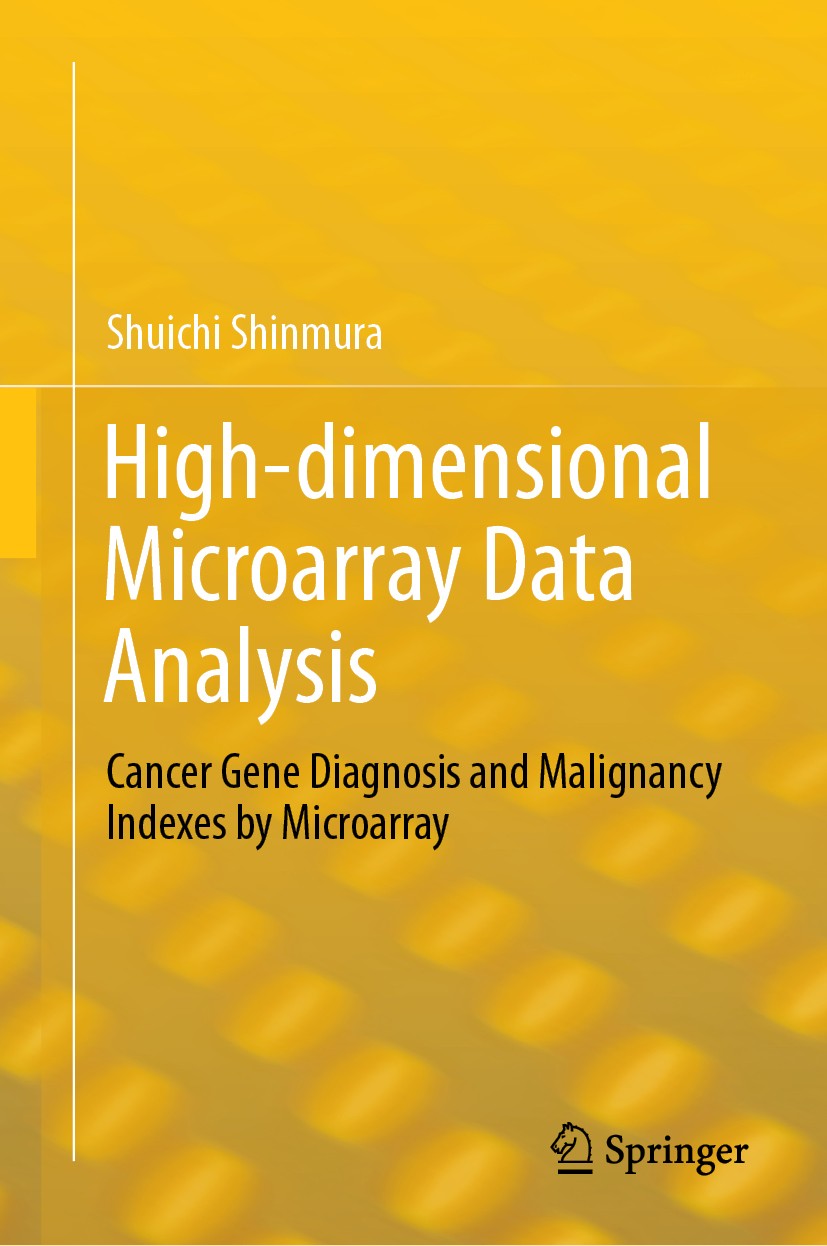| 书目名称 | High-dimensional Microarray Data Analysis | | 副标题 | Cancer Gene Diagnosi | | 编辑 | Shuichi Shinmura | | 视频video | http://file.papertrans.cn/427/426817/426817.mp4 | | 概述 | Shows how a new theory of discriminant analysis was used to solve unresolved cancer gene analysis for the first time.Explains how high-dimensional data such as microarrays can be decomposed for geneti | | 图书封面 |  | | 描述 | This book shows how to decompose high-dimensional microarrays into small subspaces (Small Matryoshkas, SMs), statistically analyze them, and perform cancer gene diagnosis. The information is useful for genetic experts, anyone who analyzes genetic data, and students to use as practical textbooks..Discriminant analysis is the best approach for microarray consisting of normal and cancer classes. Microarrays are linearly separable data (LSD, Fact 3). However, because most linear discriminant function (LDF) cannot discriminate LSD theoretically and error rates are high, no one had discovered Fact 3 until now. Hard-margin SVM (H-SVM) and Revised IP-OLDF (RIP) can find Fact3 easily. LSD has the Matryoshka structure and is easily decomposed into many SMs (Fact 4). Because all SMs are small samples and LSD, statistical methods analyze SMs easily. However, useful results cannot be obtained. On the other hand, H-SVM and RIP can discriminate two classes in SM entirely. RatioSV is the ratioof SV distance and discriminant range. The maximum RatioSVs of six microarrays is over 11.67%. This fact shows that SV separates two classes by window width (11.67%). Such easy discrimination has been unreso | | 出版日期 | Book 2019 | | 关键词 | Cancer Gene Analysis; Cancer Gene Diagnosis; Malignancy Indexes; Statistical Analysis; Microarrays and S | | 版次 | 1 | | doi | https://doi.org/10.1007/978-981-13-5998-9 | | isbn_ebook | 978-981-13-5998-9 | | copyright | Springer Nature Singapore Pte Ltd. 2019 |
The information of publication is updating

|
|
 |Archiver|手机版|小黑屋|
派博传思国际
( 京公网安备110108008328)
GMT+8, 2025-12-28 07:02
|Archiver|手机版|小黑屋|
派博传思国际
( 京公网安备110108008328)
GMT+8, 2025-12-28 07:02


